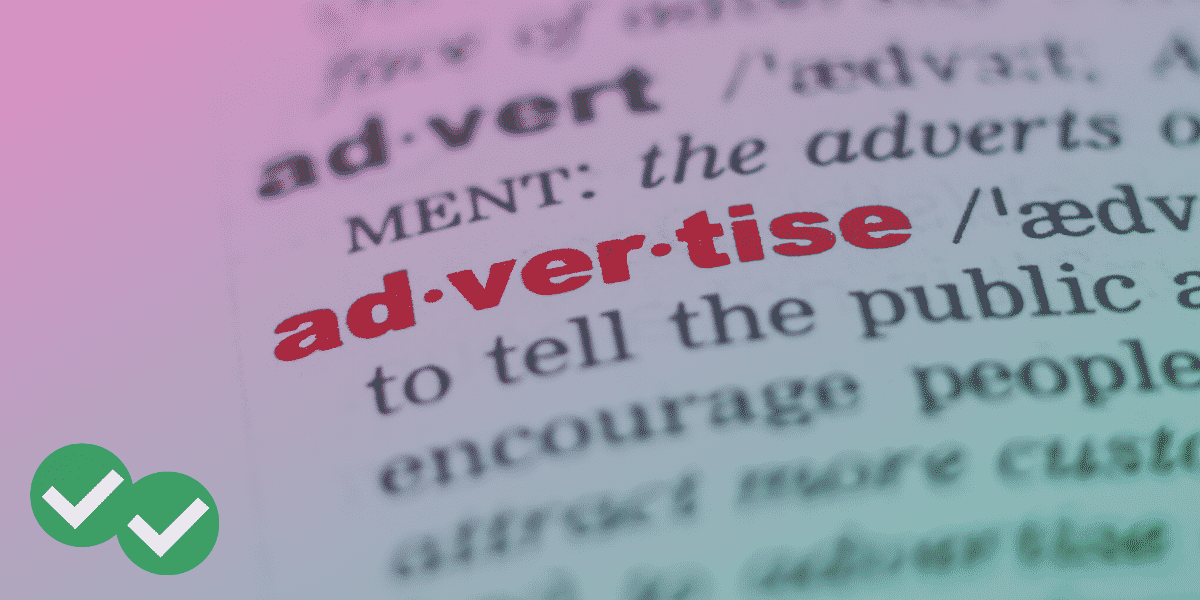Many years ago, I called the Times of India while doing undergraduate research on Indian popular culture. The operator at the Times transferred my call to an editor. I couldn’t understand a word the editor was saying, and I assumed he was speaking Hindi. Very apologetically, I asked him if we could speak English instead. He began to shout very angrily, and finally, I could make out the words he was shouting: “I AM SPEAKING ENGLISH!”
I felt pretty bad, and I’ve made an effort to become more familiar with Indian English since then. In many ways, I understand that editor’s frustration, and the frustration that many Indians have when they are told their English is not good enough, or told that their speech is hard to understand. Many Indians feel they have a claim to English as their language, and not just a foreign language they learn. And in fact, India has the second-largest population of English speakers in the world, right after the US.
As this blog’s Indian readers already know, India is a large, heavily populated country where people speak several hundred different native languages. Because of this, Indians turn to certain common languages to communicate with each other. And for more than one hundred million Indians, the lingua franca (common language) of choice is English.
Because of this, it’s no surprise to me that so many Indian students I work with can read and write at a level similar to their American English speaking peers. Unfortunately for Indian learners who are trying to pass American exams like the TOEFL and study in American schools, spoken Indian English is not quite as similar to its American counterpart.
So while Indians may be able to talk to each other easily in English, they need to adjust their pronunciation to communicate with Americans and get good scores from the TOEFL’s American scoring team. Below, I describe the most important areas where Indians may need to change their English if they want to speak clearly to Americans: speed and intonation.
Let’s talk about the speed of Indian English first. We’ve already looked at one Indian English speaker who talks a little too quickly in a recent sample speaking response with critique.
Indian languages tend to be faster paced than English. This fast pace influences Indian English, making Indians seem like “fast talkers” to Americans. To reduce your Indian accent, speak more slowly. Really, this is a good idea for anyone who has an accent that may be hard for others to understand.
Now, let’s talk intonation, the changing pitches in a language. You can think of this as the “music” of a language. In Indian languages, that “music” is usually a steady beat. Native Indian languages and Indian English lingua franca have much less variation in tone, compared to American native English. In the US, English is more like a set of chants with frequently changing tones that go high and low, high and low. I’ve covered some of the basics on the rise and fall of English here on this blog.
Those Magoosh blog posts are a great place to start with intonation studies. But for Indian Magooshers, I suggest even more in-depth study of American English intonation— intonation is often the biggest challenge Indians face when it comes to speaking intelligibly on the TOEFL. I highly recommend this series of YouTube video lesson, courtesy of English with Jennifer.
Review my critiques of speaking speed linked above, and practice with the Magoosh and English with Jennifer tutorials I just showed you. You’ll find your accent becoming more neutral and more TOEFL/America ready in no time! In my next post on this subject, we’ll look at some more specific aspects of American English that Indians sometimes struggle with: pronunciation of certain difficult consonants.






Leave a Reply